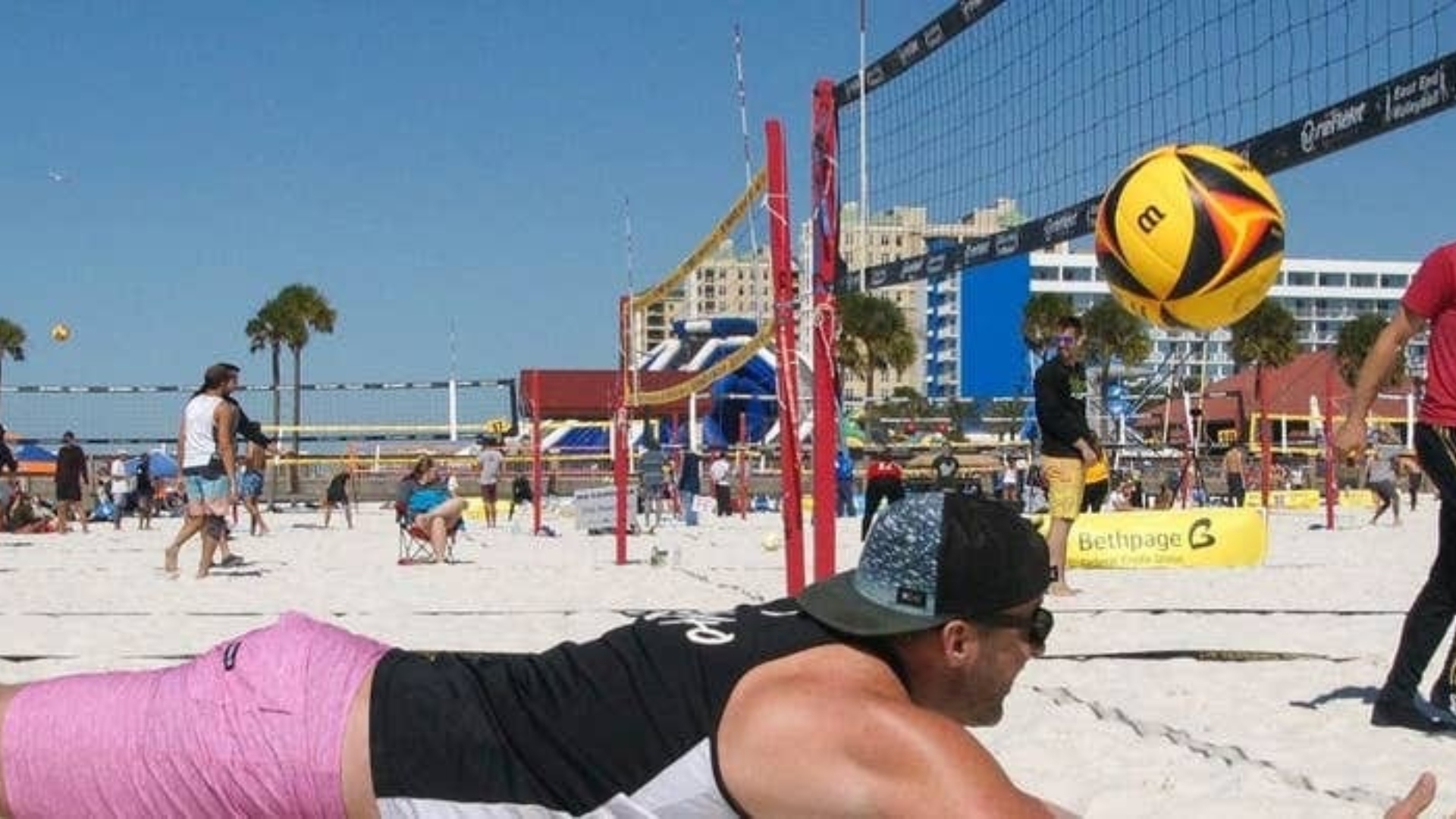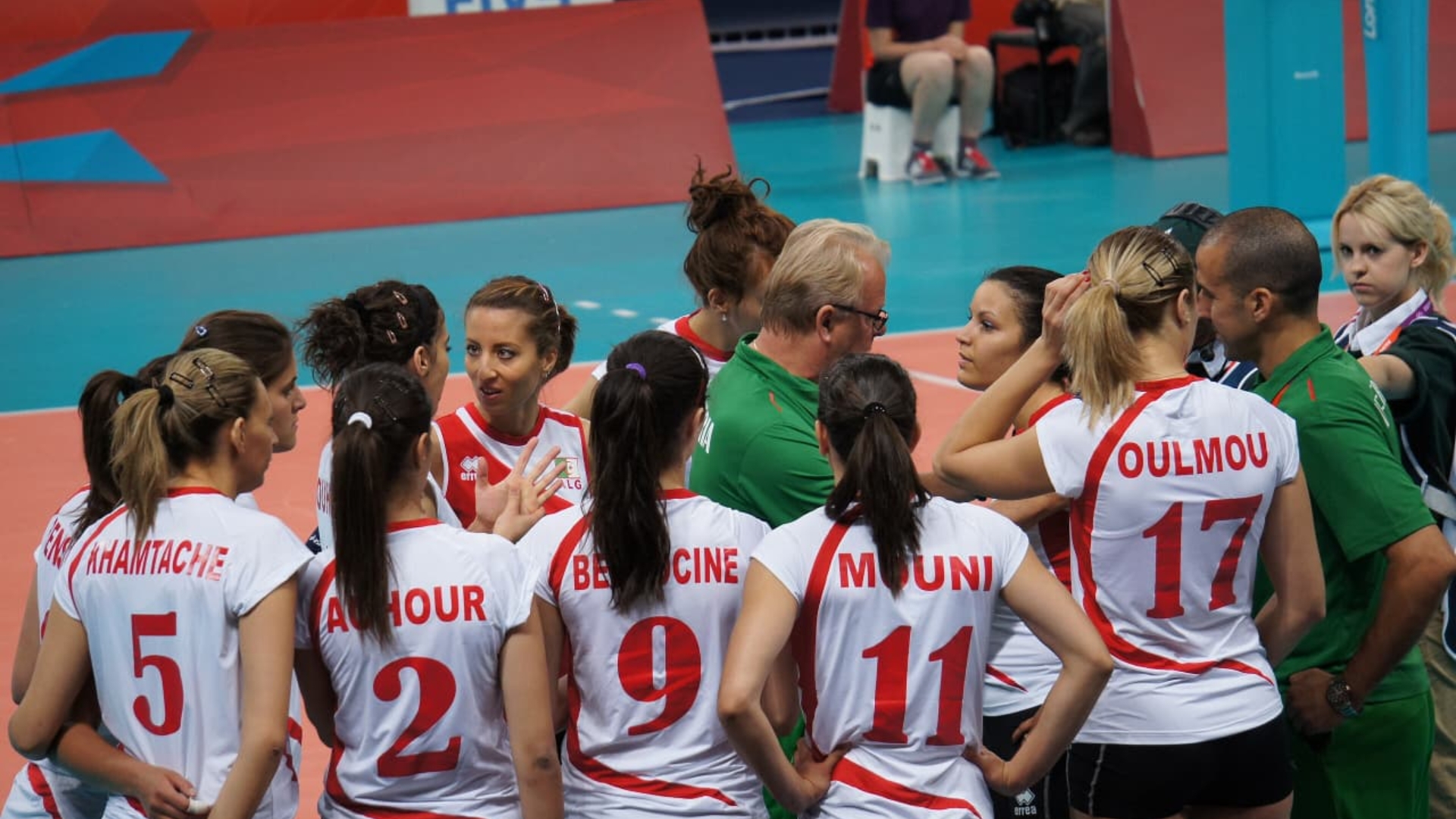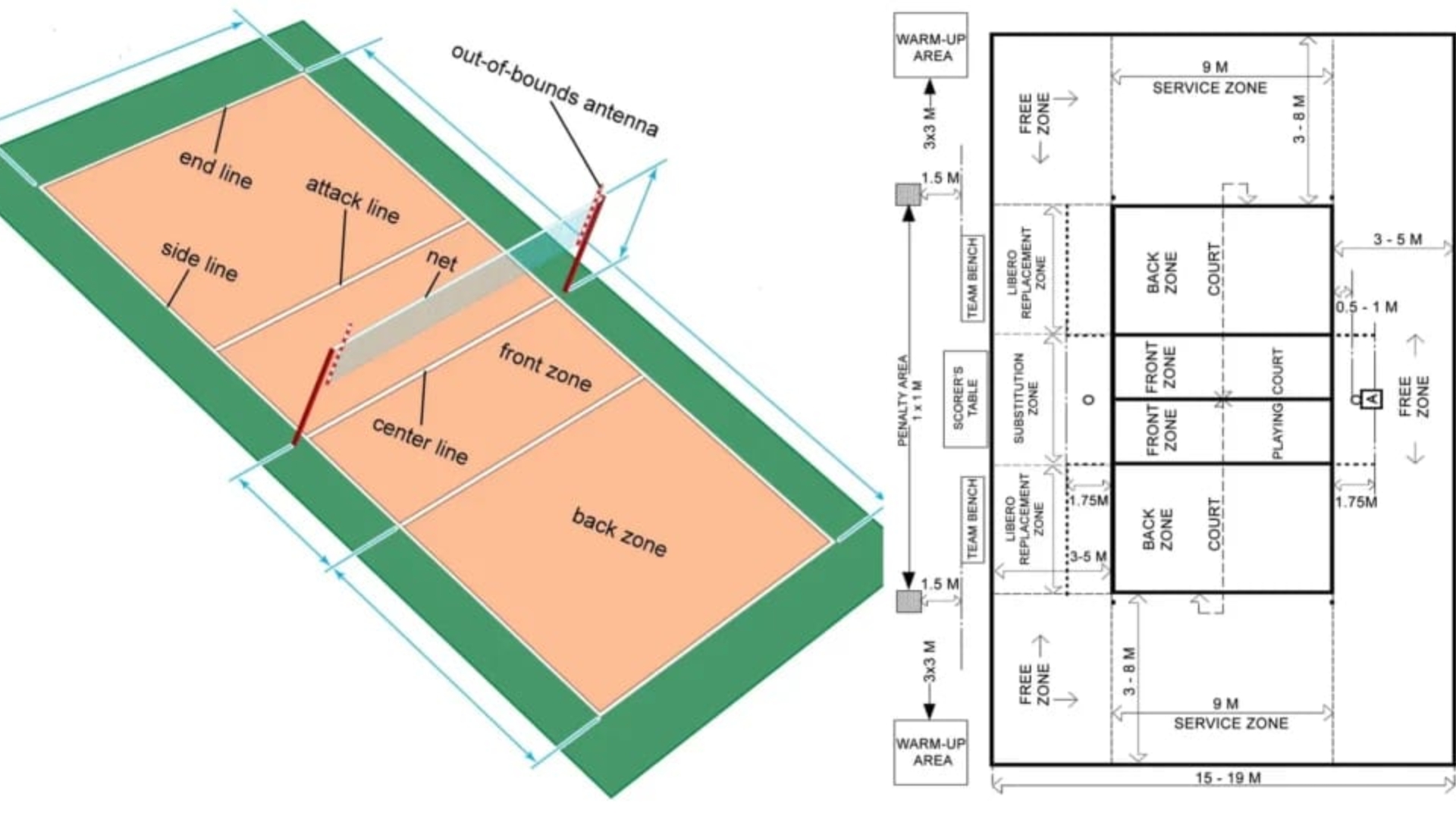There is a question that newcomers to volleyball tend to pose. How long is a volleyball game? It is not such a simple answer as running clock sports. There are set quarters in a basketball game. A football game has a set time. Volleyball is different. It is affected in length by so many factors. Therefore, the time is determined by the direction of the game. Knowing these components will help you know what to expect.
Then, there is the case of expert results. Scholars and researchers examine the dynamics of games. Surveys such as the FIVB report the average rally time. Therefore, they experiment with the skill level, timeouts, and set formats on the total duration. Thus, this information demonstrates that the rhythms of men’s and women’s matches are not equal, and the length of a rally can differ by a couple of seconds.
This guide contains the explanation of the volleyball match time. We will also explore set formats. We will explain the rules of scoring. Other aspects of game length are addressed. You will also be informed of the normal match time at the high school, college, and professional levels.
Deconstructing Volleyball Game Formats
The format of a volleyball game is the largest determinant of the duration of the game. Therefore, the format dictates the number of sets that a team has to win. Various degrees of play have different formats.
Best 2-of-3 Sets Format
Most leagues play a best 2-of-3 set format. This is typical in middle school. It is also used in some junior varsity matches in high school. Two sets have to be won by a team to win the match. A match could end in two sets. It may even go to a third set. A two-set match is shorter. A three-set match is more time-consuming. Therefore, the duration of each set increases. Thus, this format offers a variable format of a game at a structural level.
Best 3-of-5 Sets Format
The more competitive levels have a best-of-3-of-5 sets format. This involves high school junior teams. This format is used by college teams. Best 3-of-5 is also played in professional leagues. In order to win, a team should win three sets. The game may take three, four, or five sets. A dominant team can win three sets. This will lead to a match that is shorter. Matched teams tend to play up to four or five sets. These contests are longer. Therefore, they require greater endurance from the players. Thus, this format creates the possibility of epic returns. It creates more drama.

Understanding Points and Sets
The scoring system is what makes a difference in the duration of a match. Volleyball has a rally system of scoring. On every serve, a point is awarded.
How to Win a Set
In a majority of types of indoor volleyball, a team requires 25 points to win a set. There is one important rule. A team has to score a minimum of two points. 24-24 indicates a continuation of the set. The game continues until one of the teams has a two-point advantage. The score could become 26-24. It could be 30-28. These long queues contribute a lot of time to a match. They cause nail-biting moments of sheer tension for all.
The Deciding Tie-Breaker Set
What will be the case when the match is a draw? The 1-1 tie is followed by a third set in a best 2-of-3 format. In a best 3-of-5 format, a 2-2 tie results in a fifth set. This last, determining set is different. It is played to 15 points. The rule of two-point majority has not yet been eliminated. A team must win by two points. A 14-14 score requires extra play. This is a smaller set so that there can be a definite end to an intimate match. It is a race to the end.
Average Match Duration by Level
The duration of play differs with the different competition levels. These differences are made by the format and level of skill.
High School Volleyball Matches
There is a general time range for high school volleyball games. JV matches tend to be in the best 2-of-3 format. These games take as much as 45 to 90 minutes. Varsity matches also tend to be the best 3-of-5 format. Thus, these may take 90 minutes to two hours. One of the important factors is the competitiveness of the teams.
College Volleyball Matches
College volleyball matches are aggressive. They are always in the best 3-of-5 format. A typical college match game can also take 90 minutes to two hours. Some matches also go longer. The very competitive competitions, long rallies, and plenty of sets may last longer than two hours. Such games also demonstrate great skill and athleticism.
Matches of professional volleyball.
There is the best 3-of-5 format in professional volleyball. Such matches usually take a time span of 90 to two and a half hours. Technical timeouts normally occur in international competitions. Therefore, these are mandatory breaks. They occur when a team gets 8 and 16 points in a set. These breaks increase the overall game time. Thus, they are written to be broadcast on television and in commercials.
Other Factors That Influence Game Time
A volleyball match can be prolonged by a few other factors. These are what bring uncertainty to the duration of the game.
Skill Level and Team Chemistry
The level of competency of the competing teams is a gigantic factor. There will be evenly matched and high-skill teams in two instances, which will have long rallies. Therefore, there will be a point exchange between them. Thus, this prolongs the duration of every set. It prolongs the time of a match. The lack of skill results in faster sets. One team dominates the other. The match ends faster.
Timeouts and Substitutions
Coaches can call timeouts. Strategic breaks are called time-outs. Therefore, they allow teams to regroup. They are used to check the momentum of an opponent. Every single time out puts a pause into the game. Several breaks throughout a game accumulate. Short delays are also a result of substitutions. Therefore, the process of players stepping out and into the court is time-consuming. However, considerable replacements that occur often can make a match a little bit longer.
Pace of Play and Rallies
The pace of play is important. Other teams have an aggressive offense. This may result in reduced rallies. Other teams focus on defense. This causes more draining, protracted rallies. Therefore, the International Volleyball Federation (FIVB) provides that an average rally is approximately between 5 and 7 seconds. The elimination of service errors and accidents depicts another picture. Real rallies in male games are approximately 7 seconds. Rallies of women have an average of more than 8 seconds. Long rallies are exciting. They also increase the length of the game.
Beach Volleyball vs. Indoor Volleyball
The structure of beach volleyball is different. Matches are best 2-of-3 sets. Sets are played to 21 points. The third set is decided upon at 15. Thus, the court is smaller. It has two players only. The differences result in quicker games. The average volleyball match on the beach lasts less time than on the indoor court. It can be between 30 minutes to an hour.
Conclusion
A volleyball match is a story. Therefore, the sets are called chapters. It possesses dramatic plot twists, these are long rallies and comebacks. Therefore, the duration is not fixed. It is a live gauge of the rivalry on the court. The duration of a match speaks of the heart and fight of the players. It depicts the tactical battlefire between two coaches. There is a story of supremacy in a fast three-set sweep. A 5-set marathon is not known by any other name but hardiness and equality. The variable time is no fault. It is a feature. It makes sure that all victories are made by points gained and not time elapsed. Thus, the second time you are sitting down and watching a match, enjoy the rhythm of it. The volleyball is made so interesting by its indeterminacy in terms of length.











